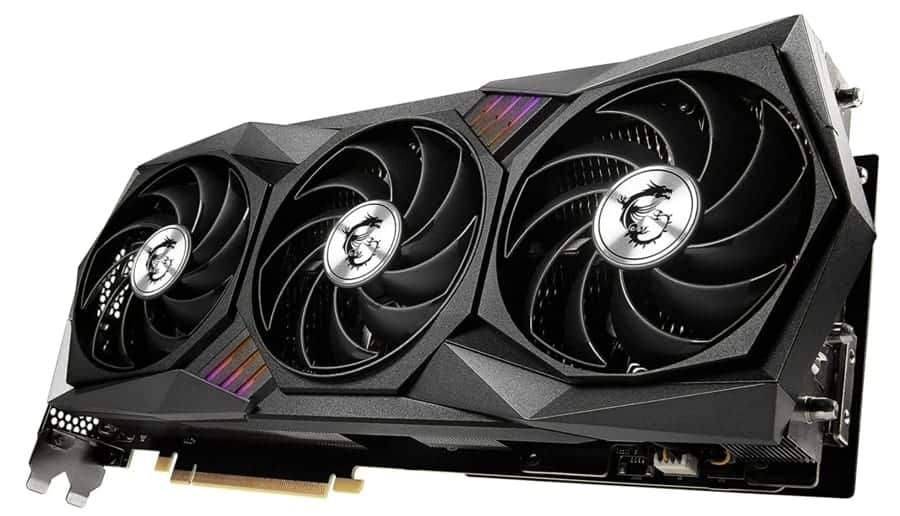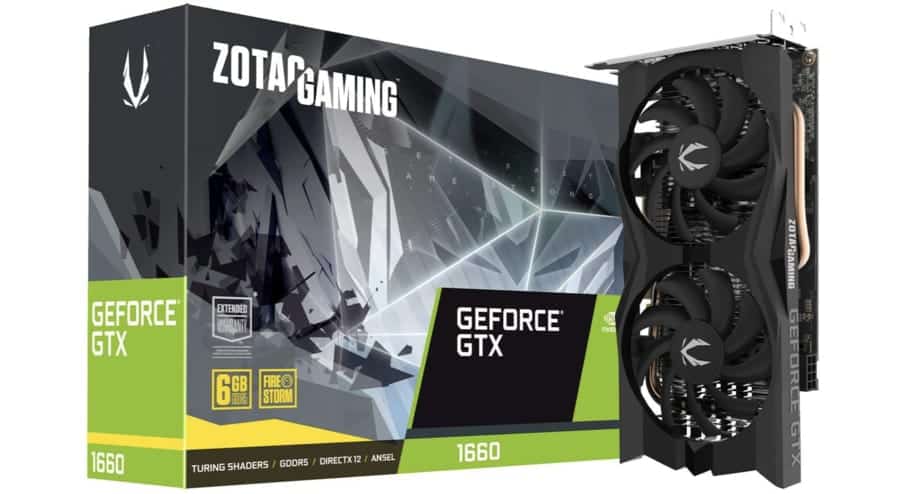
Streaming has taken over the majority of media content we consume or participate in, but do graphics cards make a difference? Whether you are watching tv or playing video games, it is often made possible by streaming. When it comes to being able to stream, you need a good and reliable internet connection, but other items such as RAM, CPU, and storage can help with quality and smoothness.
Computers have a graphics processing unit built-in to enable images to be displayed on the screen. Therefore, it is not always necessary to add a separate graphics card to your system unless you play live gaming or stream higher-quality images, so you do not experience lagging or image disruption.
Having a graphics processing unit (GPU) of some kind is absolutely necessary when it comes to streaming, whether that is in the form of a built-in GPU or a graphics card added to your system. However, having a graphics card can be helpful in streaming high-quality images and can even be necessary when it comes to playing certain kinds of video games. Read on to find how different types of GPUs may work better for TV than for gaming.
Graphics Card for Streaming TV
When it comes to streaming TV, a dedicated GPU (or graphics card) may not be strictly necessary.
Some of the cons to additional graphics cards are that they:
- Use a lot of power.
- Get much hotter, which in turn causes your device to get hotter.
- They have built-in cooling systems, which helps them to cool down, but this, in turn, can cause more energy to be used than is strictly necessary, and it can cost you more money overall.
In short, if you are only using a specific device to stream tv or movies, then a computer that has a CPU with a built-in GPU will usually be the best route to take and will get the job done satisfactorily. However, some people may want to have the extra quality to their movies and tv that a graphics card provides. It is ultimately a personal preference.
Graphics Card for Gaming and Video Editing
On the other hand, if your device is being used mainly for gaming, editing, or for gaming/editing and watching tv and movies, having a dedicated GPU (or graphics card) can not only be helpful but at times necessary.
Some of the benefits of an additional graphics card include the following:
- More frame rates per second. Frame rate per second refers to how often the image refreshes. Many video games have great appeal in terms of their realism and attractiveness. However, in order to be able to get the full visual appeal, you will need a GPU that can keep up. A built-in GPU simply does not have the capacity, and your game will lag or have a broken-up image.
More frame rates per second are also incredibly helpful for photographers or video editors, as the pictures load faster and are more efficient.
- A graphics card can be used on more than one monitor. This is fantastic for any kind of situation where you need to multitask-for example, gaming, and editing.
- They come with their own RAM. More RAM means games can be played at higher resolution, which means you can enjoy the visual appeal of a game to its fullest.
Recommendations
Now that we have explored the ways that graphics can help with streaming and make your viewing experience more enjoyable take a look at some of the following graphics cards that you can add to your system:

- This graphics card has RT Cores, Tensor Cores, multiprocessing streamers, and G6X memory, all of which help the game move smoothly and quickly. It also comes with a dual-fan system with both traditional and dual blades, which means it cools faster.
- Zotac Gaming GeForce GTX 1660 6GB GDDR5 192-bit Gaming Graphics Card.

- Zotac is a great option for gamers on a stricter budget. This graphics card is compact, fits into most systems, and works on both Windows and Linux operating systems.
- MSI GeForce RTX 3070 OC Gaming Z Trio LHR Graphics Card. In addition to RT and Tensor Cores, multiprocessing streamers, and G6X memory, this graphics card also has low latency and high responsiveness. This is great if you often play competitive games.
Conclusion
Every form of streaming, whether movies or tv, or gaming and editing, requires a graphics processing unit. Most computer systems come with a built-in GPU which can be sufficient if your streaming is limited to watching tv or movies. However, if you are a gamer or often edit videos and pictures, adding a graphics card to your system is very important as it enhances the quality and smoothness of the image and helps it load faster.
Some reasons that an additional graphics card is great for enhanced images is that it has its own RAM, can be used on more than one monitor, and has more rates of frame per second.
Sources:
Do You Need a GPU for a Dedicated Streaming PC?
What is a graphics card?
